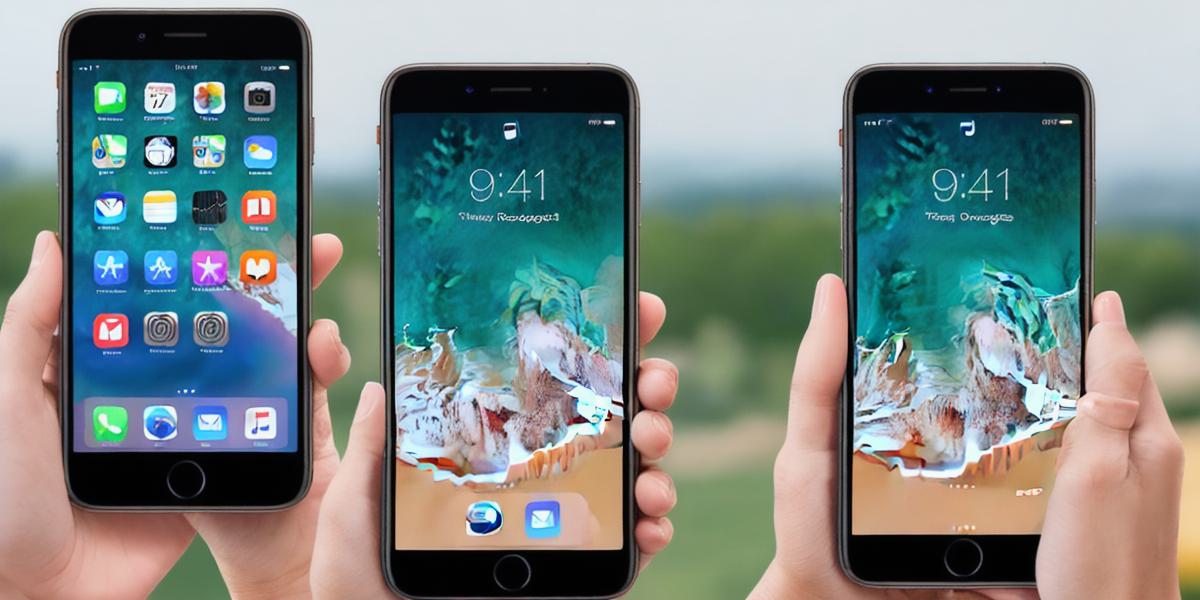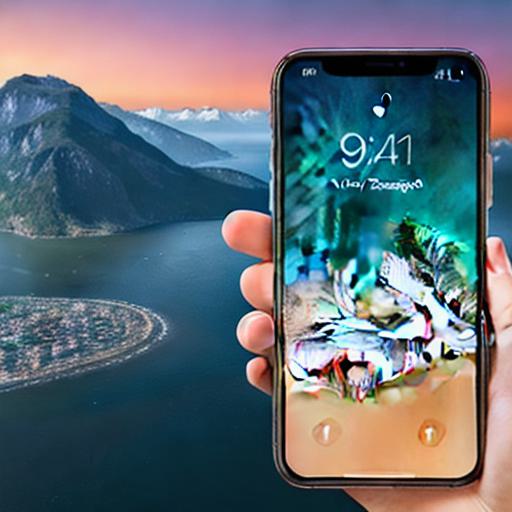How to Create an AR in Apple: A Comprehensive Guide for ARKit Developers

Introduction
Apple’s Augmented Reality (AR) technology has opened up a whole new world of possibilities for developers. With ARKit, developers can create immersive and interactive experiences that blend the real world with virtual elements. In this guide, we will take you through the process of creating an AR experience in Apple using ARKit, from start to finish.
Prerequisites
Before diving into the process of creating an AR experience in Apple, there are a few things you should know. Firstly, you will need an iOS device that supports ARKit, such as an iPhone X or later. You will also need to have the latest version of Xcode installed on your computer. Finally, you will need to have some knowledge of programming in Swift, which is the language used to develop AR experiences in Apple.
Getting Started with ARKit
The first step in creating an AR experience in Apple is to get started with ARKit. To do this, open Xcode and create a new project. Select the "Augmented Reality App" template and give your project a name. This will create a basic project structure that you can build upon.
Once your project is set up, you will need to import ARKit into your project. To do this, go to the Project Navigator in Xcode and click on your target. In the General tab, scroll down to the Linked Frameworks and Libraries section and add ARKit.framework.
Designing Your AR Experience
Now that you have set up your project and imported ARKit, it’s time to start designing your AR experience. The first step is to decide what type of AR experience you want to create. Do you want to create a game, an educational tool, or something else entirely? Once you have a clear idea of what you want to create, you can start planning the details.
One important thing to consider when designing your AR experience is the user interface. You will need to decide how users will interact with your AR experience and what elements they will need to see in order to use it effectively. This could include buttons, menus, or other interactive elements.
Another important consideration is performance. AR experiences can be resource-intensive, so you will need to ensure that your app runs smoothly on all devices. To do this, you may need to optimize your code or reduce the number of virtual objects in your scene.

Creating Your AR Scene
Once you have designed your AR experience and planned out the user interface, it’s time to start creating your AR scene. This involves defining the virtual world that users will see when they use your app.
To create an AR scene in Apple, you will need to define a 3D model for the virtual objects that will be displayed in the real world. You can create these models using a 3D modeling program such as Blender or Maya. Once you have created your 3D models, you can import them into Xcode and use ARKit’s scene editor to position and arrange them in your scene.
Adding Interactivity to Your AR Experience
Now that you have created your AR scene, it’s time to add interactivity to your experience. This could involve adding animations, sounds, or other interactive elements that respond to user input.
To add interactivity to your AR experience, you will need to use ARKit’s animation and interaction APIs. These APIs allow you to create animations








